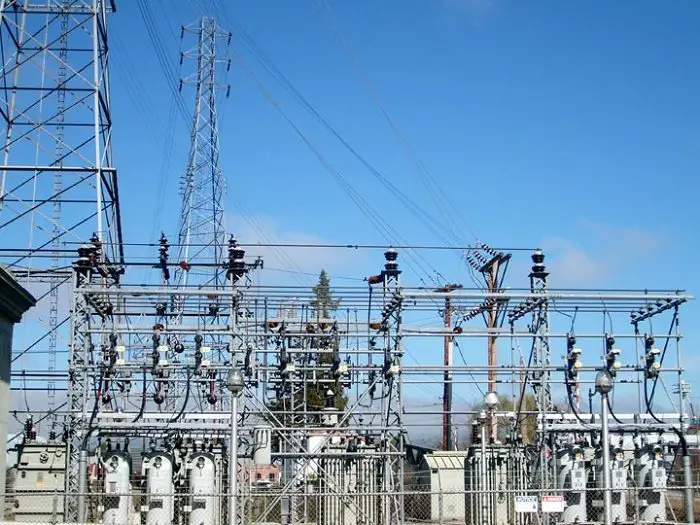The European Union (EU) has plans to inject US$165m towards the power sector with a goal of improving Nigeria power supply.
According to Peter Cameron the EU representative, the organization has focus in the West African region with an agenda of boosting the power sector and identifies the challenges that affect the sector as well as short listing the potential projects that could help improve access to electricity such as solar energy, which it has been described to be on the top list of energy solution that the EU is more than willing to explore in the country.
Furthermore, the solar energy can well fit the new partnership and develop sufficient energy resources that will provide easy access to electricity throughout the country.
Nonetheless, Dr. Sam Amadi, the Nigeria Electricity Regulatory Commission (NERC) Chairman revealed the tremendous opportunity of using the natural gas to enhance access to electricity. However, discussions are ongoing within the Nigerian National Petroleum Corporation (NNPC) as to consider their contribution of boosting on-grid power generation to 5,000MW this July.
The country power generation is capacity is also expected to rise to between 6,000MW and 9,000MW of power come 2016 as the East-West gas pipeline project is expected to have been completed, and to commence operation of supplying sufficient gas to power plants built under the National Integrated Power Projects (NIPPs).
The Nigeria energy sector is heavily affected by the immense vandalism of pipelines which are greatly looked upon to supply gas to the country’s power generation plants. This battle has forced the country to have an average of current power generation to be at 3,800MW, whereby the country recorded low gas supply from the gas producers for the last two months.
In this regard, the NNPC have given their word to the NERC that, they are optimistic and fully focus on to improving gas supply in the country for the next months to come and that by the end of this month the nation’s power generation capacity could exceed the 5,500MW capacity.

